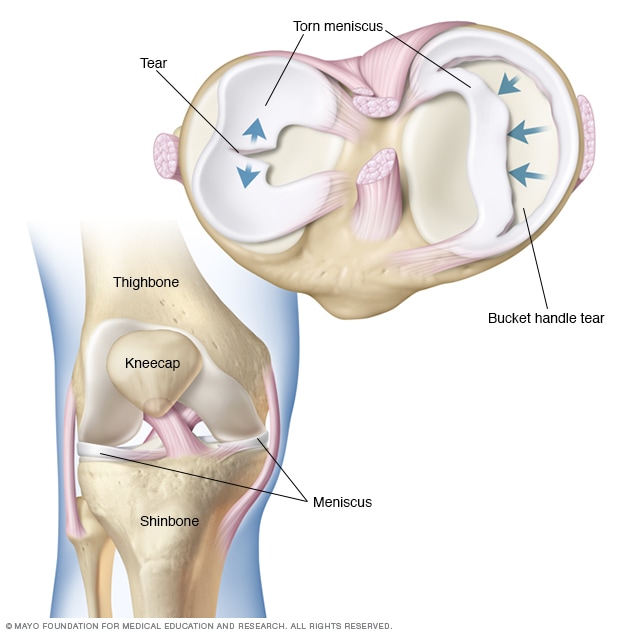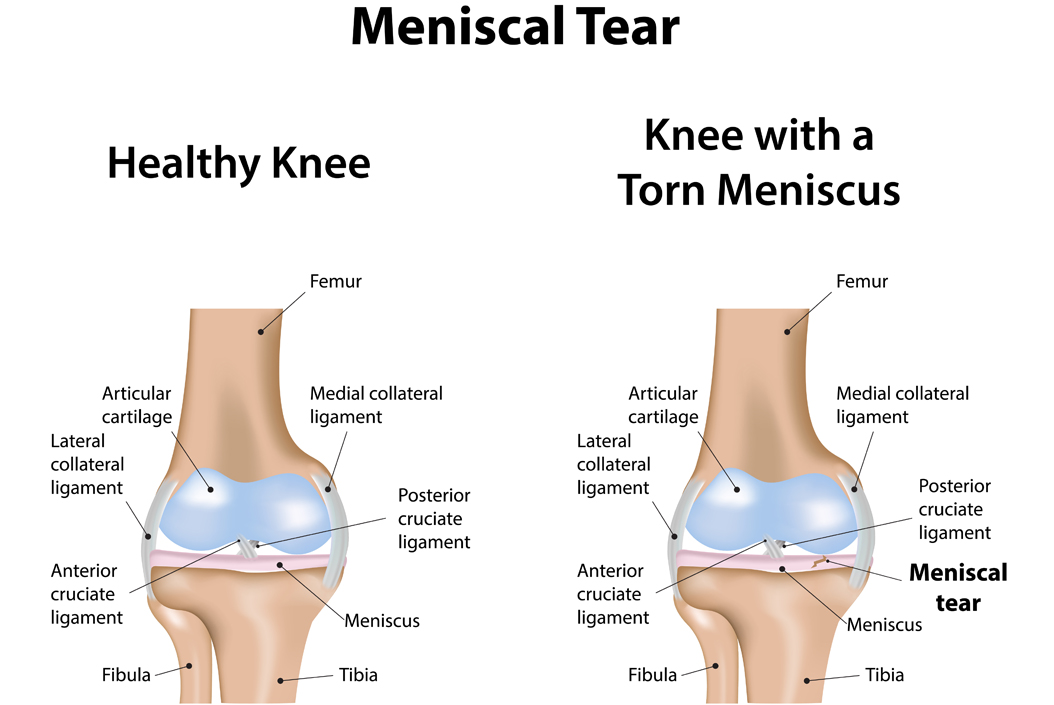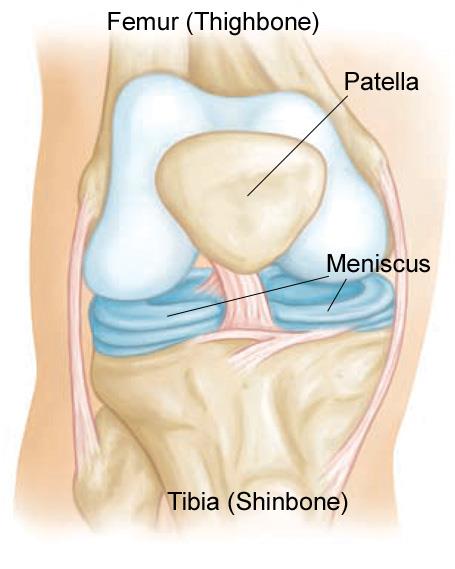A locked knee due to meniscus tear can be terribly painful and difficult to deal with. This puts tension on a torn meniscus.
Eges test.

How to diagnose meniscus tear in knee. You may hear a. Your knee will click each time your doctor does the test. Catching or locking of the knee joint.
Identification of difficult-to-diagnose meniscal lesions. Make sure to keep your knee slightly bent and not locked backward. Your doctor also may perform a McMurray test to look for a meniscal tear.
This test involves bending your knee and then straightening and rotating it. Inability to fully extend or bend the knee joint. If your knee joint is locking the diagnosis of meniscus damage is quite clear whereas the absence of locking in the knee joint makes meniscus damage more difficult to diagnose.
Youll then squat and slowly stand back up. Using the chair for support gently twist your hips back and forth. Medial Meniscus Tears are common knee injuries.
To test for a suspected medial meniscus tear youll be asked to turn your toes outward externally rotating the knee. MRI is a highly accurate imaging method for diagnosing meniscal tears. Famous Physical Therapists Bob Schrupp and Brad Heineck demonstrate 5 Tests you can do at home to help determine if your knee pain is a cartilage meniscus.
McMurrays test is performed with the patient lying flat on his back and the examiner bending the knee. Your knee should help stabilize you however if this produces pain it is a likely sign you have a torn meniscus. To avoid errors in diagnosing meniscal tears those interpreting MR examinations of the knee need to be aware of the attachments of the menisci and the normal variations in meniscal anatomy that may resemble a meniscal tear.
Eges test is performed with the patient squatting a click is heardfelt over the area of the meniscus tear. Symptoms of a meniscus tear may be different for each person but some of the most common symptoms are. Your doctor will bend your knee then straighten and rotate it.
Stand behind a chair on the injured leg. Usually on the inside medial outside lateral or back of the knee. In order to determine that a possible medial meniscus tear has occurred a detailed history.
Pain in the knee joint. One of the main tests for meniscus tears is the McMurray test. A magnetic resonance imaging MRI scan can show the soft tissues in your knee joint including the meniscus.
In my recent experience a definitive diagnosis of an intact or a torn meniscus can be made in 95 of knee MR examinations. A click can be felt over the meniscus tear as the knee is brought from full flexion to full extension. Your doctor will visually assess and palpate feel the bones and soft tissue in and.
A physical exam will be performed to determine if you have any signs of a meniscus tear or possibly another knee injury. This article characterizes common meniscal pathologies reviews magnetic resonance imaging MRI diagnostic criteria for meniscal tears and identifies difficult-to-detect tears and fragments and the best MRI sequences and practices for. Magnetic resonance imaging MRI of the knee.
The person who examines your knee will be on the alert for an audible andor palpable click or pain in the area of the meniscus. If you have a meniscus tear this movement will cause a clicking sound. Over exerting the knees during exercise can also cause tears in the meniscus.
Trust me I know. Through an active lifestyle and sometimes strenuous physical activity including running a half-marathon and. These commonly result when the knee is injured during blunt trauma but a sudden knee jerk or twist can result in just the same.
Over the years the role of MRI has become indispensable in diagnosing not only meniscal injuries but also almost all the intra-articular pathologies of the knee Studies have also shown that trained radiologists have a much higher specificity and sensitivity for diagnosing meniscal tears With clinical examinations having low accuracy in diagnosis MRI has become the gold standard. Famous Physical Therapists Bob Schrupp and Brad Heineck describe 3 tests you can do to determine if you have torn the cartilage or meniscus in your knee. In the remaining 5 of patients it is not possible to be definitive but a diagnosis of a possible tear or a probable lateral posterior root tear or a differential diagnosis of meniscal fraying or tear should be given.
I have some looseness of my left knee from a sports injury that happened almost 25 years ago that has left me with a torn meniscus. An X-ray will not show a meniscus tear but you may have one to look for other causes of knee pain such as osteoarthritis.

Torn Meniscus Symptoms And Causes Mayo Clinic
:max_bytes(150000):strip_icc()/meniscusfinal-01-5c8fba21c9e77c00010e96f5.png)
Meniscus Tears Symptoms Causes Diagnosis And Treatment
/vector-illustration-of-a-meniscus-tear-and-surgery-871162428-03ac23d73f854954a8082f2ae3ce9219.jpg)
Meniscus Vs Cartilage Tear Of The Knee

Meniscal Tear Have You Torn Your Meniscus

Meniscus Tear In Knee Causes Symptoms Treatment Gleneagles Hospital


Tidak ada komentar:
Posting Komentar